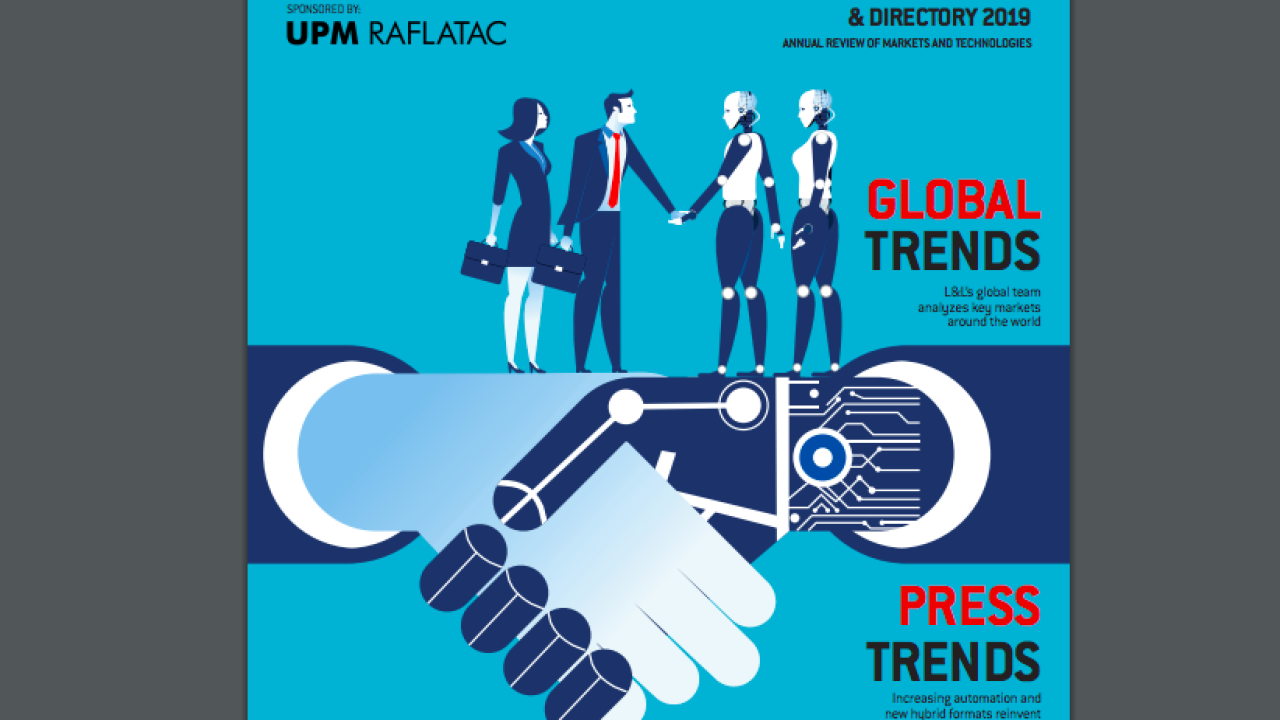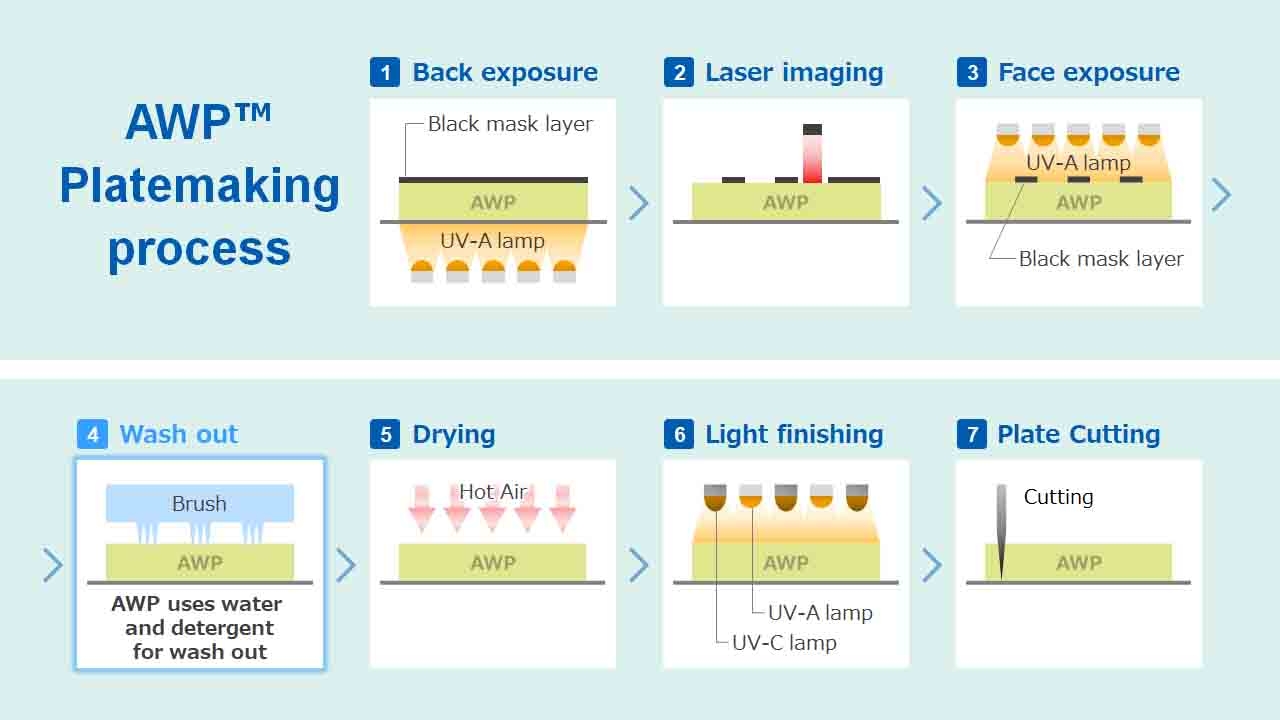Welcome 2019

And although the rate of growth has slowed in developing markets, it has remained steady in both Indian and Chinese powerhouses. The materials suppliers have continued to invest in both countries and in the wider Asia-Pacific region in production and distribution facilities.
There are, of course, clouds on the horizon: continued slowdown in the Chinese economy; the unknown disruption Brexit will cause in Europe; the escalating trade war between the US and China. But the label industry has proven remarkably resilient and will continue to reflect growth across multiple market sectors, most particularly e-commerce, household improvement (in developing markets) and supply chain/logistics.
Other threats come from the environmental flank. Liner waste continues to be an issue the industry needs to solve. The major materials suppliers and trade associations are doing their best in putting together schemes which bring together waste processors and end users of PS materials. But up to now this has hardly made a dent on the wider problem.
Then there is the growing war on single-use plastics, which could threaten large swathes of the filmic label market as collateral damage.
Rising raw materials costs translating into higher costs for substrates, inks and coatings presents another threat for hard-pressed label converters.
There are solutions to these problems. Progress is being made in finding commercial uses for recycled liner waste. A good case in point is L’Oreal’s ‘zero landfill’ pledge which most recently saw Avery Dennison partner with the company in Australia to collect and send the glassine waste to India, where it is turned into industrial paper. And there are a range of technology solutions for cleanly removing labels from plastics containers, allowing them to be recycled (if they can be collected) without contamination of the waste stream.
Rising materials and consumables costs can be mitigated by reduce waste at the converter. Options include better planning to reduce materials changeovers on press; more efficient makereadies; swapping shorter run jobs onto digital presses, and a lot more.
Expect to see more deployment of these technologies in the year ahead.
This year has also been a fascinating one in technology terms. We have seen the continued growth in the hybrid press category, not only in terms of flexo press suppliers partnering with digital engine manufacturers, but also a new class of rail-mounted single or multi-color retrofit units for conventional presses. From the digital side, manufacturers of print engines are increasingly offering the option of fully in-line operation, often partnering with finishing machine manufacturers with skills in in-line converting and web handling.
In developing markets we are seeing increased demands for higher quality packaging on the back of the continued expansion of the organized retail sector. This is pushing local brands to compete with the decoration standards of the multinationals, which in turn is pushing the requirement for higher quality equipment – particularly inspection equipment. This is a trend we saw clearly at the Labelexpo Southeast Asia and India shows and expect it to be repeated at next year’s Labelexpo Asia in Shanghai.
Perhaps the most important trend we expect to see in 2019 is the implementation of Industry 4.0. What this means in practice is Big Data and artificial intelligence being deployed to help operators set jobs up and monitor them in real time, as well as machines which set themselves up automatically using data stored in factory-wide MIS systems. Once fully understood and integrated this could lead to a surge in converter productivity, a reduction in wastage more efficient and profitable use of machine assets.
Stay up to date
Subscribe to the free Label News newsletter and receive the latest content every week. We'll never share your email address.


